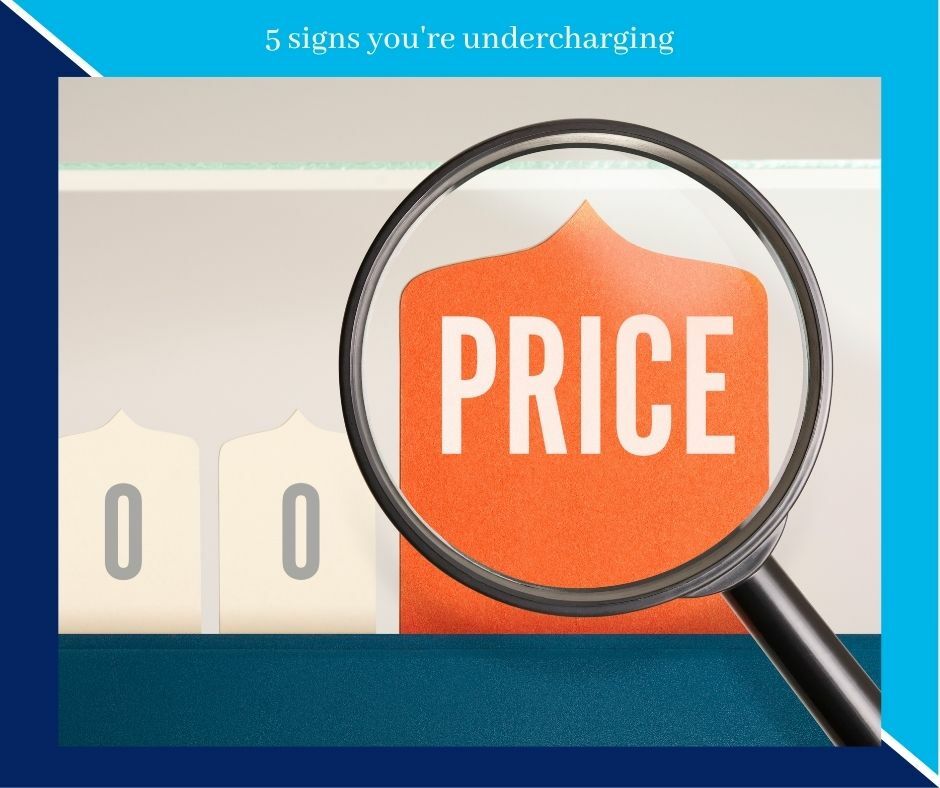
Upsizing or downsizing: forecasting can help
Upsizing or downsizing: forecasting can help
2020 and 2021 have created a number of challenges for the average business. Depending on your business purpose and strategy, you may need to either upsize, or downsize, to secure the long-term future of your company.
But what are the implications of upsizing or downsizing, your operations? And how do you refine your business so it's fit for purpose and ready to take on your new aims and goals?
The answer is to look carefully at your forecasting and your future decision-making.
Looking at the ongoing needs of your business
Our experiences of the pandemic have demonstrated one very clear lesson – you never know exactly what lies around the corner for your business. But the more prepared you are, the better you can respond, as and when new threats and opportunities do appear.
With this in mind, forecasting and scenario-planning can be exceptionally important tools.
Rather than crossing your fingers and hoping for the best, you can plan for two, three or more different outcomes – with different strategies and tactics for each separate scenario. You can’t bullet-proof your business, but you CAN make sure that you at least have a Plan B (or C).
Scaling up, or scaling down?
By making constructive use of forecasting, you’ll be able to see the most viable path for your business. From here, you can make a decision on whether upsizing, or downsizing, is the most appropriate action for the long-term health of your business.
Some key questions to ask during your decision-making may include:
Do you have enough funding to grow, or do you need to downsize?
Knowing how much working capital you have available in the business is a vital piece of information. If you have a healthy balance sheet, a workable funding strategy and access to lenders, you’ll be able to fund your growth. If your cash reserves are depleted and access to finance is limited, now may be the time to shrink the business and consolidate things down – helping you to survive to fight another day, even if it is at a reduced scale.
Do you need more, or fewer, employees?
If your market share has dropped, you may need to downsize your team. And if you've hit a winning streak of sales, you may need to upsize your workforce to meet demand. Look at what resourcing you need and the types of skills, capabilities and long-term knowledge you need from your team in order to meet your new goals and targets.
Do you need to train your existing people?
If your business purpose has evolved, or you're moving more into the online or digital arena, you may need to train up your staff. Upskilling your people helps to bring them more in line with modern digital business practices, software and online customer interactions, all of which helps to increase your operational capabilities and your customer service levels as a business.
Do you need the same number of branches/shops/offices?
If you've instigated remote working or hybrid working, you may not need so much office space for your people. And if you’ve moved a lot of your business to online selling, fewer bricks-and-mortar outlets will be required. Cutting building lease costs and/or commercial mortgage expenses can be a serious cost-saver for the business. Conversely, if you’re aiming to scale up, it’s likely that larger premises will be needed – resulting in higher property costs, but increased income from your scaled-up operations.
Do you need new equipment, machinery or vehicles?
Knowing what tangible assets you need in the business is an important part of your new business plan. If you’re expanding your operations, new equipment and/or vehicles will be needed to meet the new demand. This is likely to mean taking out third-party finance, or digging deep into your cash reserves. If you’re downsizing, there’s potential to sell-off existing equipment and assets and to free up this equity for other projects in the business.
Talk to us about scenario planning and decision-making
If you’re in the process of evolving or changing your business purpose, please come and chat to us. We can help you review your existing business plan, run scenarios and forecasts, and look at the long-term future path of your business.








